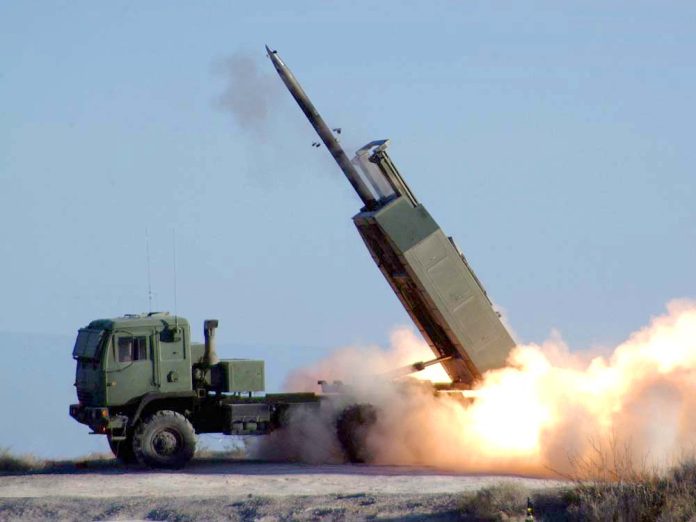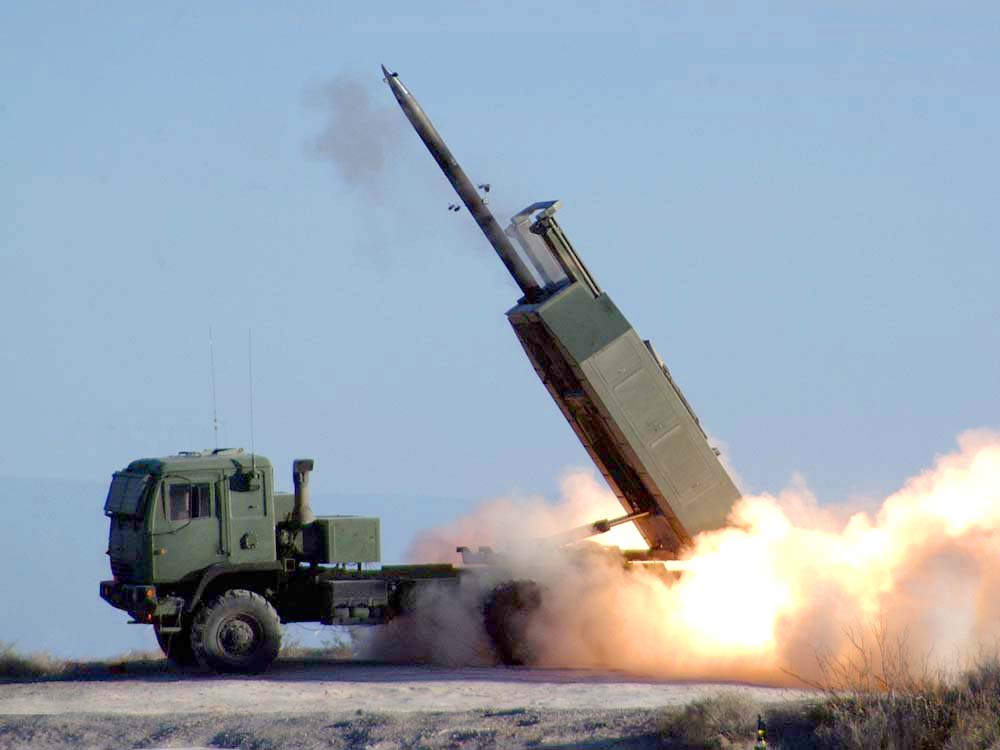
“There is no airpower without airports.” This century-old military truth became painfully relevant for Russia on October 17, 2023, when Ukraine’s first combat use of American-made ATACMS missiles erased a significant portion of Moscow’s helicopter fleet in occupied territory. The operation, codenamed DRAGONFLY, was much more than a tactical victory: it showcased what precision long-range fires can achieve against an adversary’s multidomain capabilities.
The strikes on Berdyansk and Luhansk airfields showed the lethal synergy of advanced munitions, intelligence-led targeting, and operational timing. Other than the destruction of nine confirmed helicopters, the attack forced a strategic rethink in Russian aviation basing, exposed vulnerabilities in air defense, and changed the tempo of operations along the front. This listicle will deconstruct everything from the design of the missile to the geopolitical ripples that it caused.
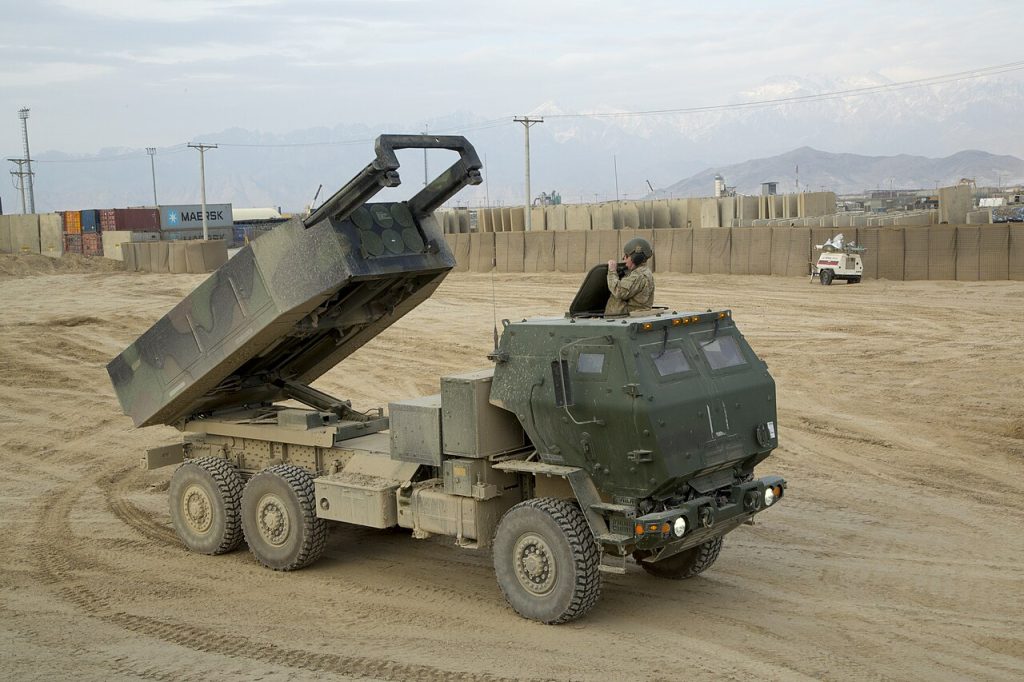
1. ATACMSAmerica’s Long-Range Precision Hammer
The Army Tactical Missile System, developed by Lockheed Martin, is the U.S. Army’s premier short-range ballistic missile. The M39 Block I variant that fired in DRAGONFLY has a maximum range of 165 km, carrying 950 M74 cluster submunitions. Fired from M142 HIMARS or M270 MLRS launchers, the weapon strikes targets with GPS-guided accuracy at near-supersonic velocities. Newer models reach out to 300 km and mount 500-pound unitary warheads, but the cluster configuration was perfect for saturating exposed helicopter aprons.
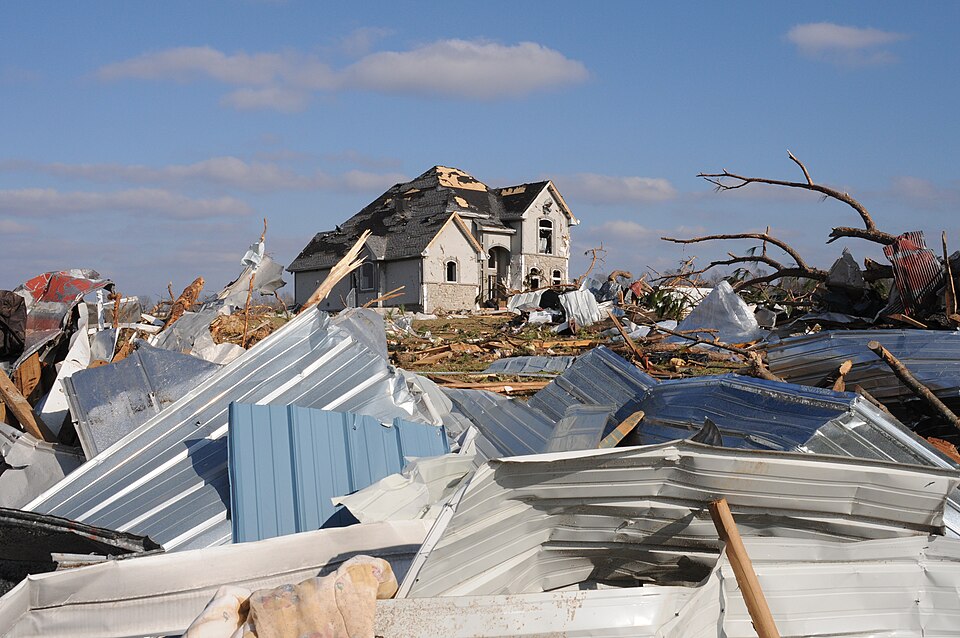
2. The Deadly Payload Effect
The M74 submunition is a baseball-sized blast-fragmentation device released in a stabilized spin. Hundreds detonate almost simultaneously, creating a lethal cloud of shrapnel over a wide area. It is devastating against soft targets that have no hardened shelters: parked aircraft, air defense vehicles, and ammunition stores. In both Berdyansk and Luhansk, the bomblets triggered secondary explosions from fuel and ordnance, magnifying the damage.

3. BerdyanskAzov Sea Air Hub
The Berdyansk airbase, 70 miles from Ukrainian positions, was a key rotary-wing staging point for Russian operations in Zaporizhia. Ukrainian intelligence located the helicopter concentrations through satellite imagery and drones supported by human sources. The resultant ATACMS strike destroyed several Ka-52s and Mi-8 variants, as well as detonated ammunition depots. The loss of this hub disrupted Russia’s ability to provide close air support along the southern front.

4. LuhanskEastern Strike Success
In turn, the Ukrainian forces hit Luhansk airfield, one of the launch points for the attacks on eastern Ukrainian positions. Crater patterns from cluster munitions, scorch marks, and scattered wreckage across the tarmac were visible in satellite imagery. The destruction here added to the southern losses that ultimately forced Russia to move remaining helicopters deeper into occupied territory.

5. Confirmed Losses and Strategic Impact
Open-source analysts, including Oryx, were able to confirm nine helicopters destroyed, seven Ka-52 “Alligator” attack helicopters and two Mi-8 transports, with 15 more damaged. Given the Ka-52’s $15–16 million unit cost and Russia’s pre-war fleet of about 130, losing 7 in one night represented 11.5% of the surviving fleet. Production bottlenecks and sanctions mean these losses are not quickly replaceable.

6. Air Defence and Infrastructure Damage
Strikes destroyed a Pantsir-S1 short-range air defense system, several ammunition depots, and damaged runways. Support vehicles, maintenance facilities, and fuel storage were also hit. Resulting losses reduce sortie generation rates and further degrade Russia’s IADS coverage, creating windows of opportunity for follow-on strikes by Ukraine.
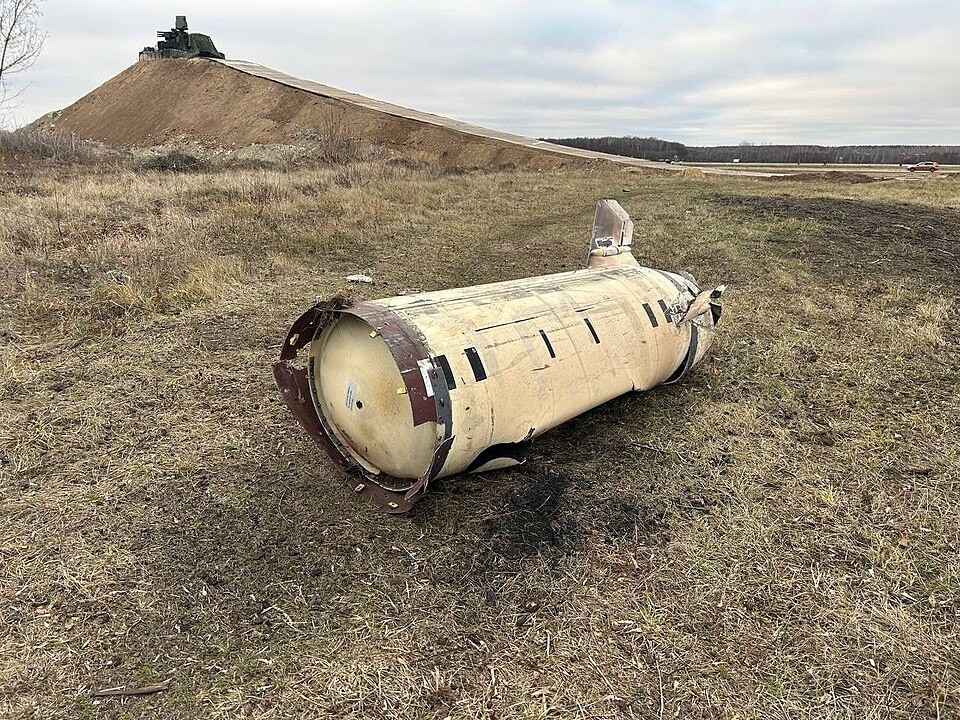
7. Forcing Russian Adaptation
The appearance of ATACMS causes Russia to disperse aircraft and harden depots-the same reaction that occurred regarding HIMARS in 2022. Yet such dispersal raises logistical burdens and cuts the loiter time of rotary-wing support. According to Russian milbloggers, the new missile threat will force operational changes-after pronounced initial losses.

8. Operation DRAGONFLYSpecial Forces Integration
Ukrainian Special Operations Forces coordinated the timing of the strikes with the missile units to take advantage of seams both in Russian surveillance and reaction times. Nighttime launches maximized surprise. “ATACMS have proved themselves,” President Zelensky said, adding another stamp to the success of integrating special forces targeting with precision fires.
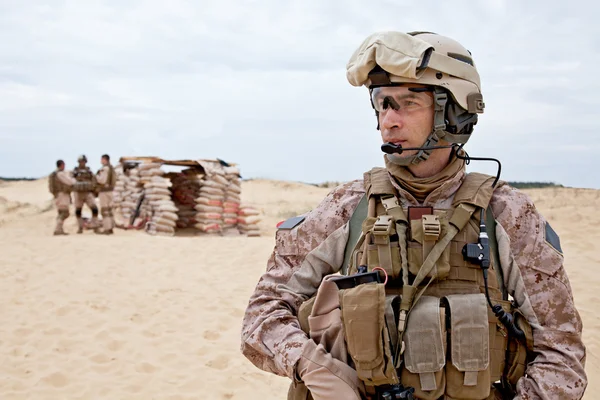
9. Strategic Doctrine Shift
The strikes validated the concept that land-based long-range fires can fracture multidomain operations. By neutralizing the air hubs, Ukraine degraded Russian capabilities in the air, sea, and even space domains. This mirrors modern doctrine where securing or denying land hubsairfields, ports, ground stationsshapes the tempo across all domains.

10. Policy EvolutionBiden’s 2024 Authorization
While the employment of ATACMS in occupied territory by DRAGONFLY was without explicit U.S. approval, President Biden’s decision back on November 17, 2024 allowed their use inside Russia. This escalation comes amidst concerns over North Korean troop deployments to Kursk and reflects Washington’s willingness to expand Ukraine’s deep-strike options despite earlier fears of escalation.
Operation DRAGONFLY was more than a precision strike it was a strategic inflection point. It demonstrated that with appropriate intelligence, timing, and munitions, a defending force can reach well into occupied territory to dismantle critical hubs. For defense analysts, it is a case study in how advanced long-range fires, even in limited numbers, can change the balance of conflict by forcing an adversary to adapt under pressure.
